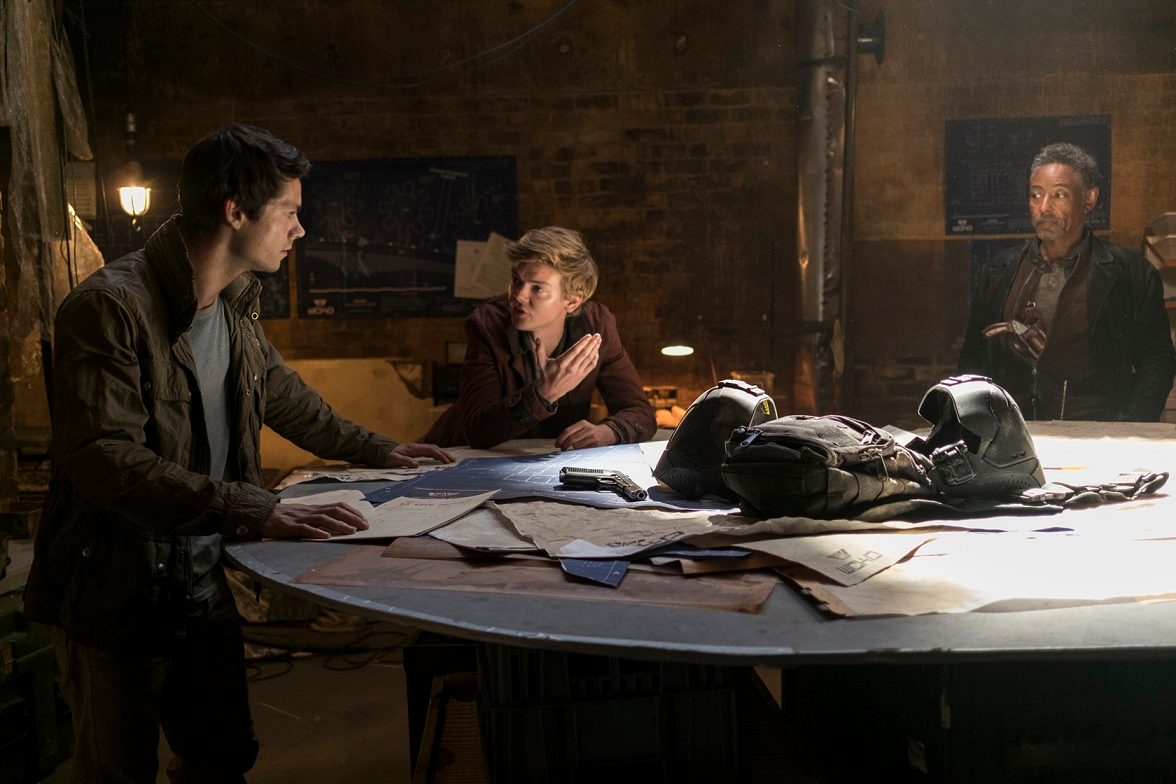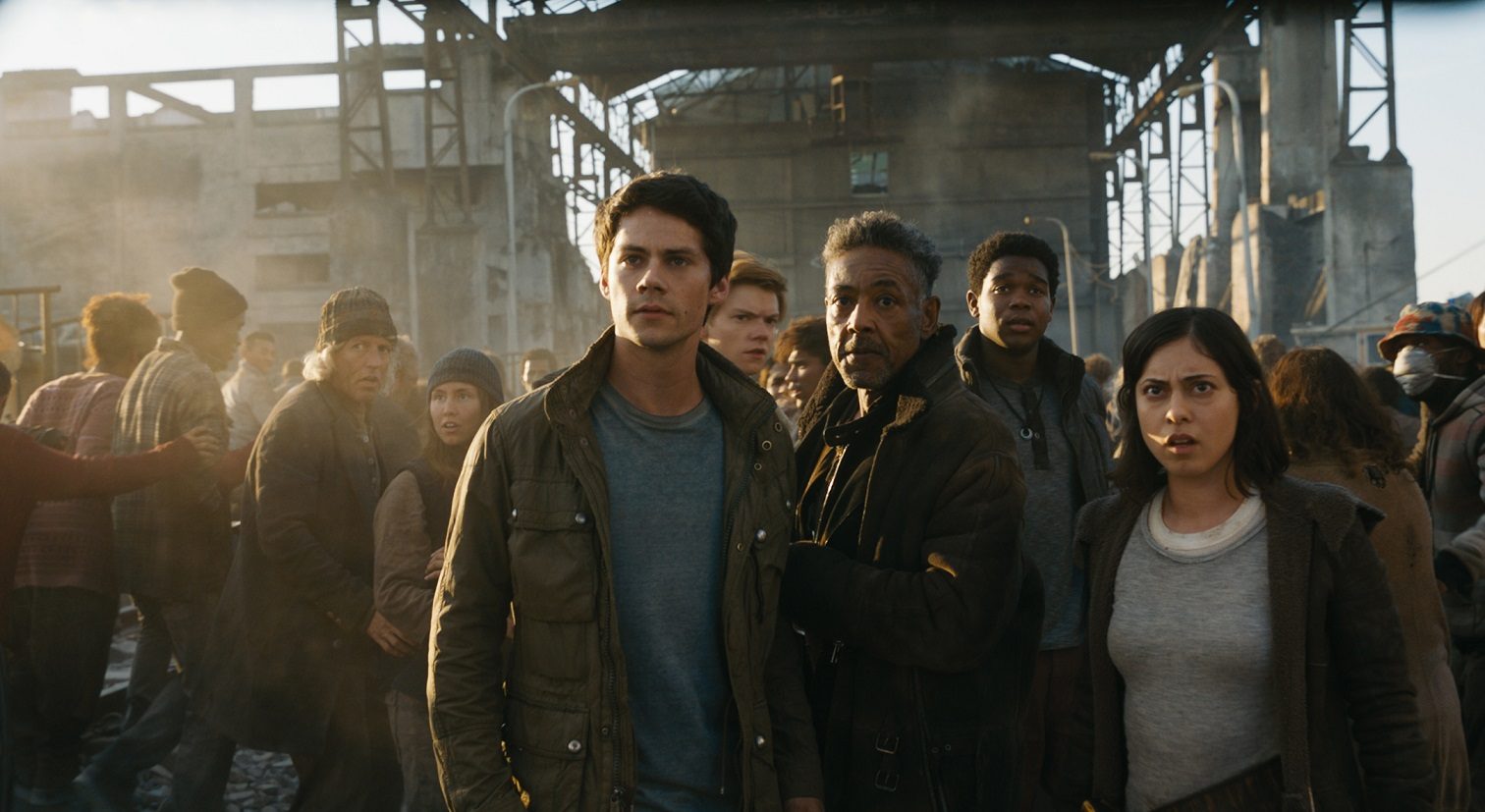SUMMARY
This is AI generated summarization, which may have errors. For context, always refer to the full article.

In one scene in Wes Ball’s Maze Runner: The Death Cure, Janson (Aidan Gillen) catches Ava (Patricia Clarkson) in deep contemplation while taking in the spectacular view from their impenetrable tower.
Ava is a suspiciously calm doctor who masterminded the idea of harvesting serums from the youth immune to the virus that is wiping out humanity. But she has hit a wall in her research and, on the verge of giving up, she wonders if it is time to just cede the world to the teenagers.
Janson, who heads security, seems to be more concerned with his survival than with humanity’s continuity.
Elucidating a point
The scene is but one of the film’s many talky scenes.
What is special about this particular scene shared by the film’s two most pronounced adult characters is how it quickly elucidates the elusive point of the expensive madness of the 3-film franchise. The scene is reminiscent of two parents discussing the future of their children, making it seem that while the series feels like a hodgepodge of influences, its driving force remains to be something more domestic than fantastical, which is the clash of the ideologies of the adults who control the world and the youth who can’t wait to inherit it.
See, the Maze Runner films, which lagged behind other youth-centered dystopian adventures like The Hunger Games and Divergent series in terms of release date, are all centered on the spectacle-filled struggles of teenagers against oppressors, all grounded on some exaggeration of a social ill, such as class inequity or cruel authoritarianism.

Maze Runner, however, is less obvious in its symbolisms. It needed to spell it out.
Each of its movies centers on a conceit and ends with a grand revelation. The first one has the labyrinth and ends with a revelation that there is a vaster world outside the maze. The second one has a vast world afflicted by a virus that turns human beings into rabid beasts and ends with a revelation that their captors have been tormenting them because they keep within their bodies the cure to the epidemic. Every film in the series raises the stakes, yet what the series lacks is a core proposition to unite everything.
Running out of conceits
The Death Cure has run out of conceits. It settles for simply packing itself with as much kinetic thrills as possible, running on the fumes of the premises that the two previous films needlessly belabored.
It opens with a rescue mission aboard a speeding train. The opening gives a glimpse of what is to come, a bigger and more elaborate rescue mission set in a heavily-guarded skyscraper in the middle of the last city standing on Earth. In between the film’s uninventive preoccupation with action scenes revolving around characters being rescued are drab expositions and dramatic moments that feel undeserved given that the characters spend more time running and exchanging stares or tirades than anything more meaningful.
The film belatedly introduces what remains of human civilization in the form of what looks like an orderly and affluent metropolis that has a wall to keep the poor and other undesirables at bay. There’s a populist anarchist with a mangled face who leads the oppressed to topple the ruling class at whatever cost. This stab at social relevance doesn’t feel earned, but if only to complete the picture and raise the stakes, it is all worth it.

Best of the 3
The Death Cure is, without a doubt, the best of the 3 Maze Runner films.
It does the difficult task of making sense of all the running, rescuing, and escaping. What it doesn’t do, however, is to rationalize why the series needed 3 films and several decades of waiting to make such a tired point. – Rappler.com

Francis Joseph Cruz litigates for a living and writes about cinema for fun. The first Filipino movie he saw in the theaters was Carlo J. Caparas’ Tirad Pass. Since then, he’s been on a mission to find better memories with Philippine cinema.
Add a comment
How does this make you feel?
There are no comments yet. Add your comment to start the conversation.